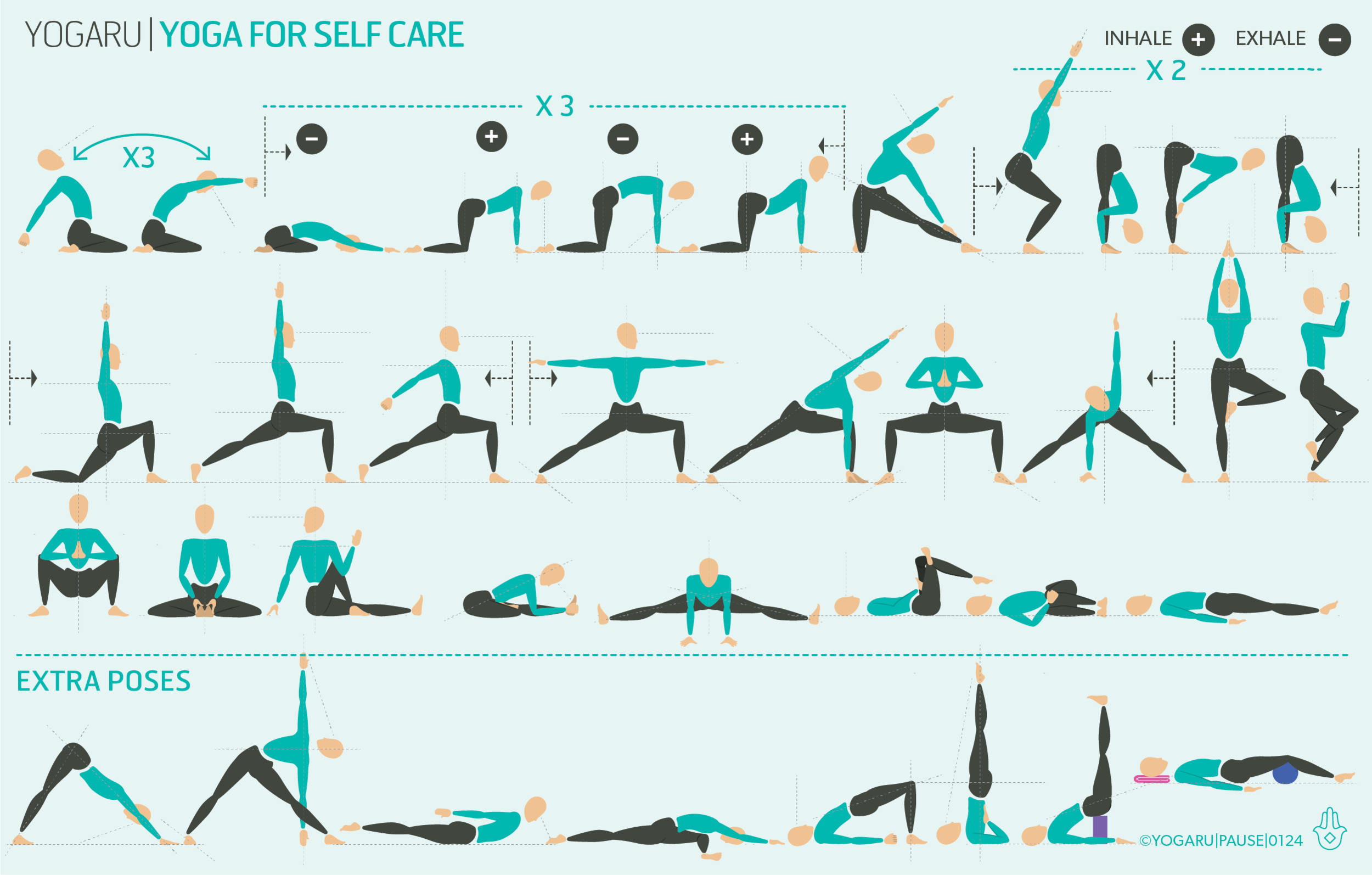SUIT YOUR NEEDS
Developing a home practice can sometimes feel a bit daunting to yogis at any level of experience. You may feel overwhelmed by what pose to do next, how long to hold a pose or how long to practice for. This series of mini sequences will guide you through a simple practice and give you a taste of the many benefits you can get from a manageable 10 minute daily practice. With an added promise that your home practice will become your best friend and your most important supportive routine for staying physically and mentally, in your own space, in your own time.
Home practice gives you the freedom, in the safety of your own home, to step on your mat when it suits you and practice exactly what you need, as often as you like. Putting aside some time for yourself and developing a home practice gives you the tools to take ownership of your wellness through yoga. Building a relationship with your practice, and getting to know your strengths, your limitations, your favourite asana, helps you tailor your practice to suit your needs.
KEEP IT SIMPLE
Most days my home practice is 10 minutes of a very simple sequence. I give myself plenty of time with warm ups lying on my back and move slowly through some Sun Salutations. In your home practice you can flow at your own pace and listen carefully to how your muscles are feeling. Your body reacts differently to the practice from day to day, and from hour to hour. If you choose the practice in the morning you feel the benefits for the day ahead, if you choose to practice in the evening it will help you unwind from the day and relax after a busy day. Take time to slow down, move with your breath, and stay in the poses a little longer to explore where you feel the stretching and strengthening actions.
GET STARTED
All you need is a yoga mat and enough space to roll it out! Bricks and blocks can be handy props but they’re not essential to get started. You can do these short sequences at any time of the day. The Sun Salutation is a great place to start – it has an array of movements that strengthen and stretch all the major muscle groups. The repetition is very calming and helps to link your breath with the movement.
Sequences are often built of mini flows where you step from one pose straight to the next. You will see these in the 10 sequences above as 2-5 poses enclosed by two arrowed lines. You flow through these connected poses on the right side first (right foot forward) and then take those poses on the left side (left foot forward). Downward Dog or simply Tadasana are often used as the transitional pose between mini flows.
The breath is one of the most important elements of stress relief in yoga. As you move try not to get caught up too much on whether it should be an inhale or an exhale, just don’t forget to keep breathing! At the end of your practice remember to always take Savasana for a minute or two to assimilate your practice and re-enter your day gently.
10 TIPS FOR YOUR HOME PRACTICE
Tip 1 - Little and often is better than doing one hour once a week. These mini sequences will help you establish a short 10 minute yoga routine into your day.
Tip 2 - Try to commit to a 10 day run but if you don’t make it onto the mat don’t beat yourself up. It can sometimes take a bit of time to train your brain into this new healthy habit.
Tip 3 - You don’t need a sacred space to practice. Anywhere your mat fits is perfect – end of your bed, kitchen floor, sitting room.
Tip 4 - Try incorporating your home practice into your morning routine. I find getting on my mat before I start into anything else works best for me. With the best will in the world life can often take over and prevent you from getting onto your mat later in the day.
Tip 5 - If you are getting into the swing of it, repeat that day's mini sequence or add in a few more Sun Salutations. Stay within what feels comfortable to you to establish your mat as a supportive space to come back.
Tip 6 - Move slowly through your practice and enjoy being the boss. Get close to your breath, and take extra breaths in poses you are enjoying. Keep your transitions simple and when in doubt link pose through a Downward Dog or come back to Tadasana at the top of your mat and step back into your next pose.
Tip 7 - When you find a pose that really nourishes you, spend a bit more time in it or add it in throughout your practice even if it is not in that day's flow.
Tip 8 - You can repeat the sequences if there are ones that suit you better. It is more important to try to build a routine than to do something new everyday.
Tip 9 - From the get go embed Savasana into your practice. It is all too tempting to jump up and roll your mat away but I really believe no matter how short it is Savasana is where all you have done on your mat will translate into the benefits.
Tip 10 - Explore other ‘off the mat’ yoga lifestyle choices like mindfulness, conscious living, an eco challenge – embedding the concept of yoga into your whole life.
To save the images for personal use click and hold down the image until the ‘save image’ option appears; on Mac hold down ‘control’ and click the image to get the option box; on PC right click on the image to get the option box. Scroll down in the ‘option box’ and click ‘save image’.
Ruth Delahunty Yogaru









